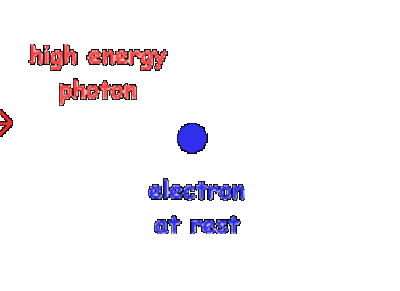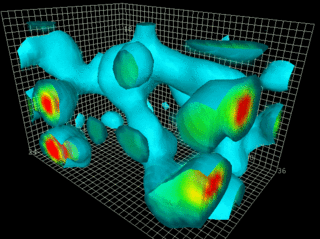I recognize the generalization and roads that lead to blackhole as a basis for considerations. What would draw ones atyemtion to this horizon. Lee Smolin in his book gave adequate discription that I just pointed out here.
 Three Roads to Quantum Gravity, by Lee Smolin, pg 171
Three Roads to Quantum Gravity, by Lee Smolin, pg 171I know it might seem that if this conversation is now highlighting the intricacies of blackhole dynamics, then what exactly are you doing?
By giving a visual map of the Bekenstein Bound this help to direct my attention to the mapping that had been going on theorectically here.
Mine would definitiely be generalizations, but work by others lead to deeper insights.
Conformal Field Theory
A conformal field theory is a quantum field theory (or statistical mechanics model at the critical point) that is invariant under the conformal group. Conformal field theory is most often studied in two dimensions where there is a large group of local conformal transformations coming from holomorphic functions.
So what "tidbits" had already been out there then that would help.
Black Holes and Beyond:
Harvard's Andrew Strominger on String Theory
Quantum Micostates?
The old version of string theory, pre-1995, had these first two features. It includes quantum mechanics and gravity, but the kinds of things we could calculate were pretty limited. All of a sudden in 1995, we learned how to calculate things when the interactions are strong. Suddenly we understood a lot about the theory. And so figuring out how to compute the entropy of black holes became a really obvious challenge. I, for one, felt it was incumbent upon the theory to give us a solution to the problem of computing the entropy, or it wasn't the right theory. Of course we were all gratified that it did.
While this is a past issue for most of you it is leading in the direction you are talking I assume.
Holography encodes the information in a region of space onto a surface one dimension lower. It sees to be the property of gravity, as is shown by the fact that the area of the event horizon measures the number of internal states of a blackhole, holography would be a one-to-one correspondance between states in our four dimensional world and states in higher dimensions. From a positivist viewpoint, one cannot distinquish which discription is more fundamental.
Pg 198, The Universe in Nutshell, by Stephen Hawking
Gary T. Horowitz and Juan Maldacena,
The purpose of this note is to provide a possible answer to this question. Rather than the radical modification of quantum mechanics required for pure states to evolve into mixed states, we adopt a more mild modification. We propose that at the black hole singularity one needs to impose a unique final state boundary condition. More precisely, we have a unique final wavefunction for the interior of the black hole. Modifications of quantum mechanics where one imposes final state boundary conditions were considered in [6,7,8,9]. Here we are putting a final state boundary condition on part of the system, the interior of the black hole. This final boundary condition makes sure that no information is “absorbed” by the singularity.
While there is no "apparent relationship(?)" between microstate blackhole production and blackholes what would make one think that particle collsions can be written as dual blackholes?


